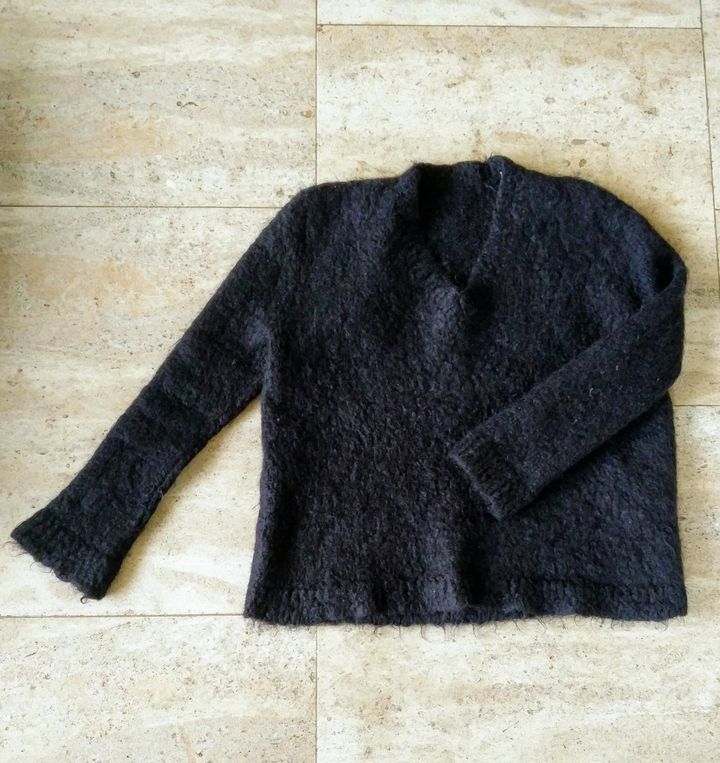
A fashion revolution was demanded back in 2013 when 1138 people had their lives cut short whilst working in unsafe conditions in Rana Plaza, Bangladesh. Rana Plaza was home to five factories manufacturing for major fashion brands and the workers had been urged to go in that morning by their employers, despite concerns about unsafe cracks in the walls the day before. They had been threatened with a loss of pay if they failed to show up and had no union to represent them. The deadly tragedy brought home to consumers in the West the true cost of the cheap clothing we buy and Fashion Revolution, a week of activism, was born.
This week is the fifth anniversary of the Rana Plaza disaster and we are urged to ask ‘Who made my clothes?’. The not-for-profit organisation Fashion Revolution has written a manifesto for change and provided an easy template to use. Talks, clothes swaps, and meet-the-maker/designer events are being held all over the UK to precipitate a different way of relating to our clothes. Knowing someone’s name, or something about their life, seeing a picture of them on social media, lends humanity to an otherwise anonymous and unconsidered process. Relationships are notoriously hard to end – no-one throws them away to landfill easily. And this is the point. If you are connected to your clothes by the thread of humanity, they become infinitely more valuable and are less likely to end up in the waste any time soon.
It’s estimated that the £30 billion worth of clothes discarded in one year in the UK would fill Wembley Stadium. In the face of mounting landfill, Fashion Revolution are encouraging consumers to ‘take it slow’ and ‘commit to a long-term relationship’ with our clothes. The more we love and care for our clothes, the longer they’ll last, the less quick fixes we’ll be tempted to buy. With this in mind, below is my love letter to an old black jumper...
Nana never liked to knit with black wool. She complained that the stitches were too hard to differentiate. She was forced to squint as she tried to keep track of the little loops of closely gathered dark wool. They’d run into each other on her needles and then she’d drop them. It took her usually nifty fingers forever, and there was no watching Corrie at the same time, not with black wool.
But I’d asked for a black mohair jumper, and she (was the one person who) called me ‘irresistible’. No-one else did, no-one has since. She made me exactly what I’d asked for: oversized, v-necked, and achingly on–trend - I loved it.
For a few months. And then, in the way of fickle teenaged fashion victims, I went off the jumper, deciding black no longer suited me.
Some years later, after complaining of nausea and stomachaches, Nana died. The cancer was too big by the time they took her seriously enough to find it, and there was little point operating, they said. That night, longing to connect with my beloved grandmother again, I reached into the back of a cupboard, put on the black jumper and thought I could smell her in the mohair. I kept sniffing it in.
Nana’s been gone for over 20 years now, and my jumper is over 30, and stiffer with age. Looking at it I see her clicking away in front of Coronation Street, working against her better judgement, grumbling at lost stitches, but with only affection in her needlesticks. When I wear it, I’m amazed at how it’s the only black top that suits me, and I’m enclosed in our love again.
#fashionrevolution #whomademyclothes
